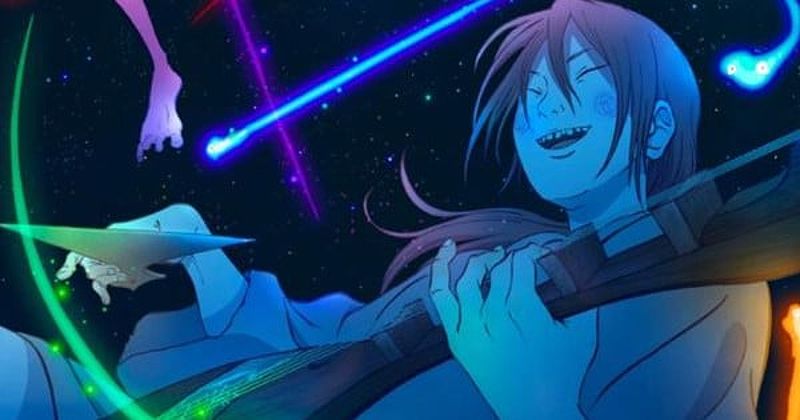Review: INU-OH – A Delightful Blend of Japanese History and Artistic Expression

Discover the captivating blend of Japanese history and artistic expression in the delightful film, INU-OH. Engaging with society during a transformative period, this film explores the tensions between art and politics, highlighting the power of self-expression. With stunning animation and a heartfelt narrative, INU-OH is a must-watch for fans of Masaaki Yuasa’s unique style. Experience the magic of INU-OH today.
Review: INU-OH – A Captivating Blend of Japanese History and Artistic Expression
Discover the captivating blend of Japanese history and artistic expression in the delightful film, INU-OH. Engaging with society during a transformative period, this film explores the tensions between art and politics, highlighting the power of self-expression. With stunning animation and a heartfelt narrative, INU-OH is a must-watch for fans of Masaaki Yuasa’s unique style. Experience the magic of INU-OH today.

( Credit to: Animenewsnetwork )
INU-OH is a thoughtful engagement with Japanese history, skillfully blending the historical Muromachi period with magical realist elements. It immerses viewers in a time when history is being shaped and explores the erasure and preservation of events in the records of official truth. By navigating these tensions, INU-OH delves into absurd hypotheticals without breaking immersion.
The heart of INU-OH lies in the relationship between art and politics. Artists in history were compelled to conform to the Shogun’s preferences and align with favored groups. The film emphasizes the pressure to adhere to established conventions, stifling creativity and innovation. When Inu-Oh and Tomona’s music becomes politically contentious, it is not just the lyrics but also their innovations that challenge the status quo. INU-OH conveys the message that art is a powerful means of expressing one’s place in the world, regardless of its form.
INU-OH weaves a compelling narrative around marginalized characters who uplift each other through their art. Tomona’s blindness does not dampen his zest for life, and he discovers music as his form of self-expression. Inu-Oh, with a disfigured body, is feared by others, yet his love for dancing shines through. Their performances, even when masked or homogenized, exude their individuality and resonate with the audience.
Masaaki Yuasa’s off-beat visual style perfectly complements the story of INU-OH. The exaggerated stretching of Inu-Oh’s limbs and the spontaneous appearance of rock instruments and modern concert apparatuses create an enthralling and unpredictable animation experience. While some performance scenes may seem lengthy, they captivate with their audacity and confidence. The film skillfully reveals the reasoning behind the abrupt musical shifts, adding to its artistic appeal.
INU-OH stands as a testament to Masaaki Yuasa’s brilliance. It engages thoughtfully with Japanese history, using stylistic liberties to convey its themes effectively. With its blend of history, art, and storytelling, INU-OH solidifies Yuasa’s reputation as a masterful creator. This film is a must-see for anime enthusiasts and fans of Yuasa’s work.




